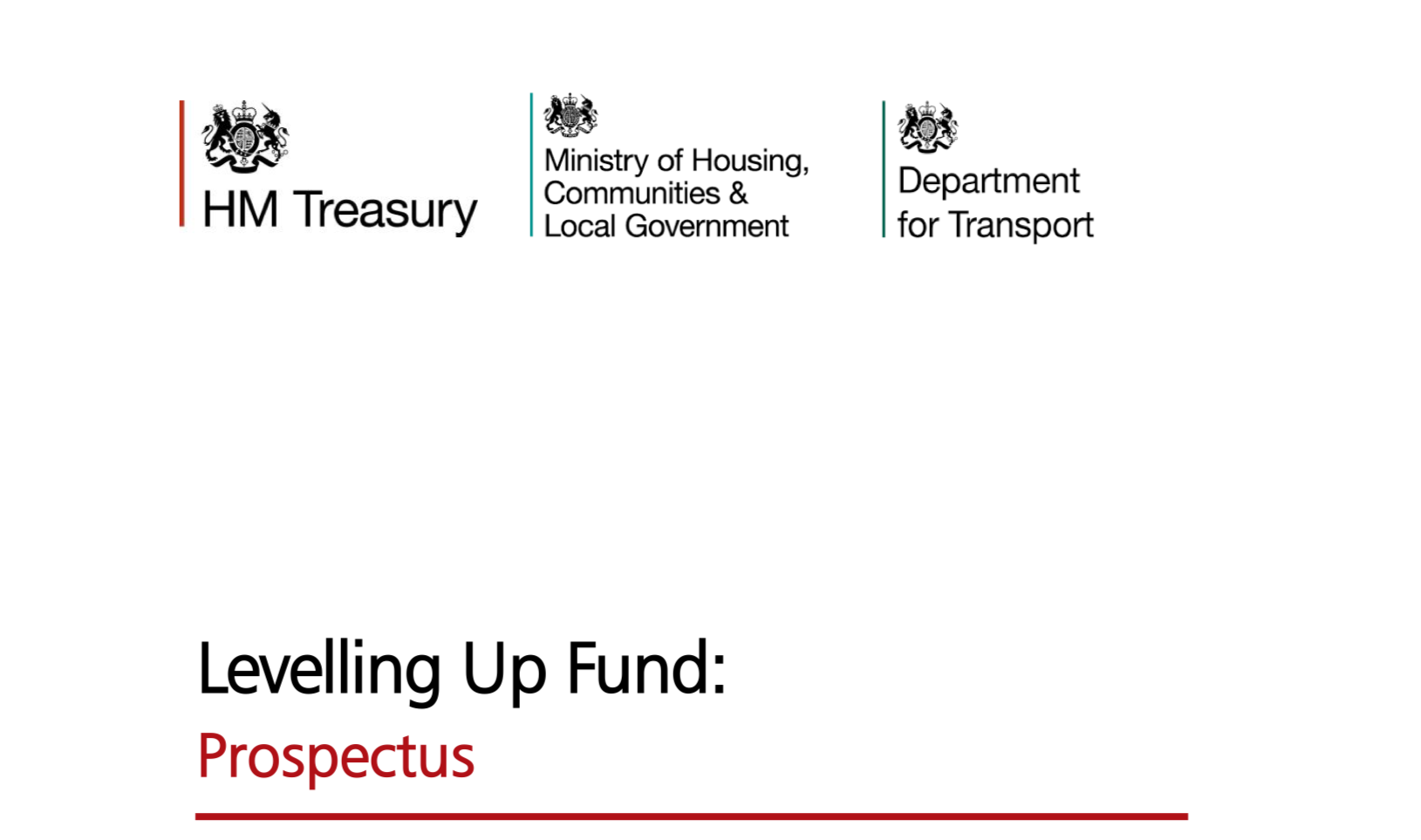A number of documents and guidance notes have been published to help those seeking to apply for the government's £4.8 billion Levelling Up Fund, announced at the Spending Review earlier this year. The Fund is designed to invest in infrastructure that improves everyday life across the UK, and will support town centre and high street regeneration, local transport projects, and cultural and heritage assets.
The LUF methodological note sets out the process and rationale behind the index of priority places for the Levelling Up Fund that was published alongside the Fund prospectus at Budget on 3 March.
The technical note provides information on who can apply, what the Fund can support and the role of bidding authorities. The note also describes the assessment process that will be used by the UK government to assess applications put forward by bidding authorities across Great Britain and Northern Ireland.
The note sets out the methodology used to develop an index of priority places for the Levelling Up Fund. The government says the methodology was developed to help the Fund deliver its core objective of improving local communities by investing in local infrastructure that has a visible impact on people. The Fund will achieve this by focusing on:
- Town centre and high street regeneration, including remediation and repurposing of vacant and brownfield sites;
- Improving local transport connectivity and infrastructure, including upgrades to local bus, road and cycle infrastructure; and
- Maintaining and regenerating cultural, heritage and civic assets.
The index places local authorities into categories 1,2 or 3, depending on their identified level of need, with category 1 representing places deemed in most need of investment through this Fund. It will use the categories for two main purposes:
- Across Great Britain, each place’s category will form one part of the process for assessing bids, as part of the ‘characteristics of place’ criteria, alongside the other 3 criteria – deliverability, value for money and strategic fit. While preference will be given to bids from higher priority areas, the bandings do not represent eligibility criteria, nor the amount or number of bids a place can submit. Bids from places in all categories will still be considered for funding on their merits of deliverability, value for money and strategic fit, and could still be successful if they are of high enough quality.
- In England, category 1 places will be eligible to receive targeted capacity funding, to support them in preparing high-quality bids (all places in Scotland and Wales are eligible for capacity funding, independent of their place in the index).




